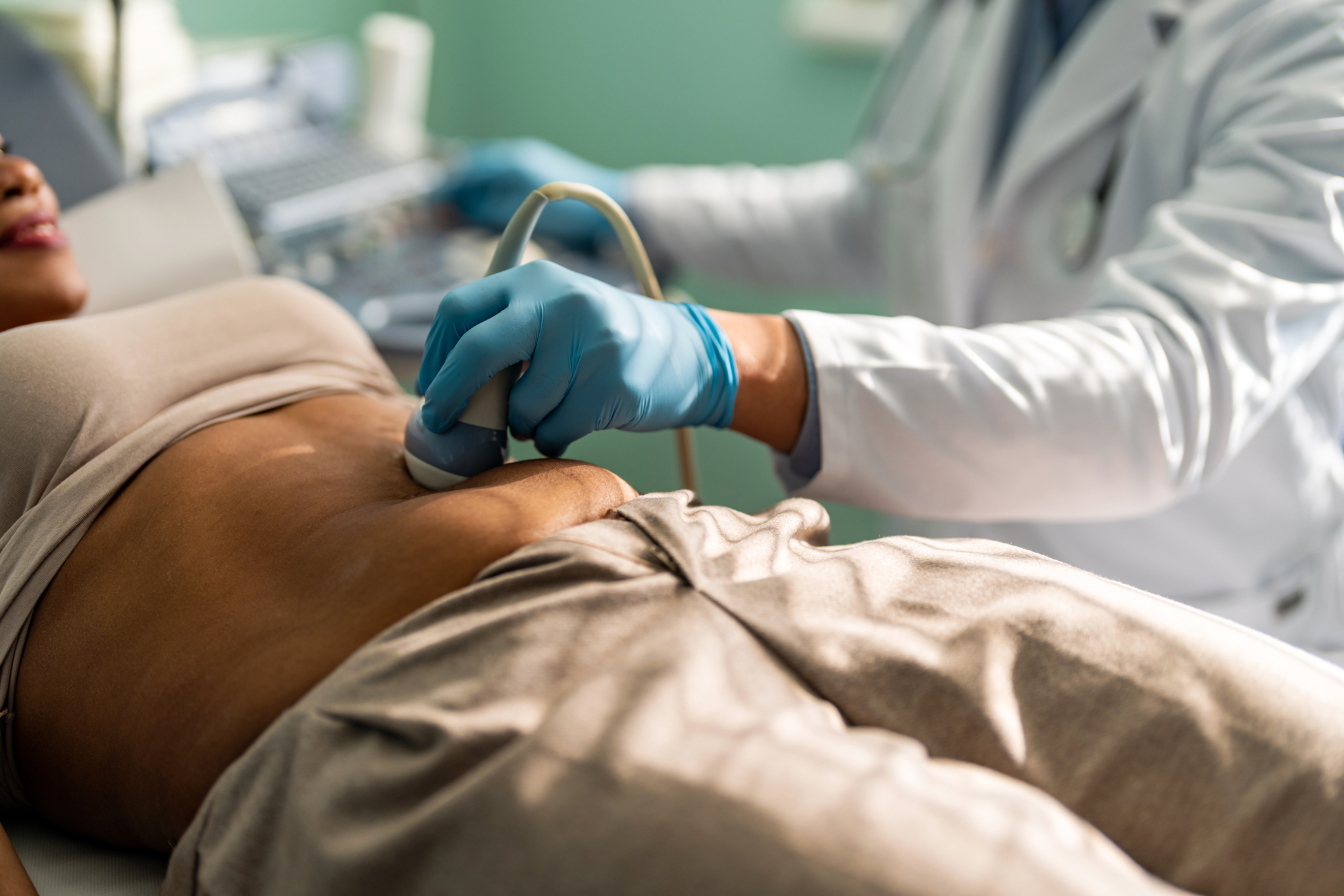While 70%–80% of women will develop uterine fibroids during their lifetime, many will not have symptoms or need treatment. For those women who do need treatment, WMCHealth fibroids specialists are trained to provide the most advanced treatment available. If you need uterine fibroid treatment, you can find a WMCHealth gynecologist close to home.
What Are Fibroids?
Uterine fibroids are common muscular tumors that grow in the wall of the uterus. Fibroids are typically noncancerous and can vary in number and size. They can be very small, like an apple seed, or much larger, like a grapefruit. In rare instances, they can grow to fill the pelvis and stomach area. There are three main types of fibroids:
- Subserosal fibroids push outside the uterus into the pelvis.
- Intramural fibroids develop in the wall of the uterus.
- Submucosal fibroids grow in the open space within the uterus.

Fibroid Symptoms
Most women experience no symptoms. But large fibroids and the presence of numerous fibroids can cause symptoms, including:
- Constipation
- Low back pain
- Frequent urination
- Pelvic pain and pressure
- Bleeding between periods
- Heavy/prolonged periods
Diagnosing Fibroids
Generally, fibroids are found by chance during a routine gynecological exam. Your doctor may feel an irregular lump or notice changes in the shape of your uterus. If your doctor suspects fibroids or you are experiencing symptoms, tests can confirm the diagnosis. WMCHealth provides a wide range of testing options, including:
- Lab tests
- Hysterosonogram
- Ultrasound
- Laparoscopy
- Hysteroscopy
- Magnetic resonance imaging (MRI) scan
- Hysterosalpingography
Causes of Fibroids
The exact cause of fibroids is unknown, but hormones seem to play a role. They can grow rapidly during pregnancy, when hormone levels are high, and shrink or stop growing when women reach menopause. It’s also thought that genetics plays a role.
Treatment of Fibroids
Uterine fibroid treatment depends on a variety of factors such as:
- Size
- Type
- Number
- Location
- Symptoms
If you aren’t experiencing any symptoms, you may not need treatment. Often, small fibroids are left alone and monitored. Those that are larger or are causing symptoms may require treatment. WMCHealth offers many treatment options at our locations across the region:
Medications
Medications can be used to target hormones and treat heavy periods and pelvic pressure symptoms. This option doesn’t remove the fibroids, but it may shrink them.
Non-invasive Procedures
An MRI-guided focused ultrasound uses sound waves to heat and destroy the fibroid tissue. The surgery doesn’t involve any incisions and can be done as an outpatient procedure.
Minimally Invasive Procedures
Minimally invasive procedures may involve small incisions, leading to fewer complications and faster recovery times. These include:
- Radiofrequency ablation
- Uterine artery embolization
- Laparoscopic myomectomy
- Hysteroscopic myomectomy
Traditional Surgical Methods
For large fibroids, a fibroids doctor may recommend removal by hysterectomy or abdominal myomectomy. These options are usually effective but require larger incisions and longer recovery times.
